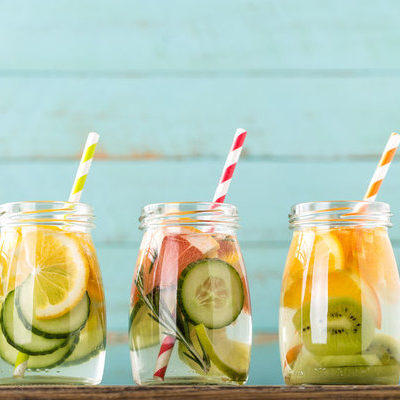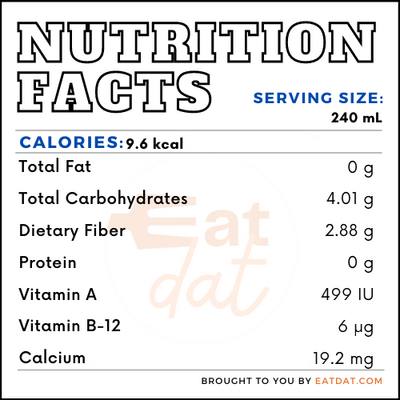
Flavored Water
What is Flavored Water?
Flavored water is a beverage made from water enhanced with additional ingredients to give natural and artificial flavors. It may include sugar, sweeteners, vitamins, and minerals.
- Some types of this water might also contain carbon dioxide.
- This is often used as an alternative to drinking soda or other sweet drinks.
The market, which was valued at $6.5 billion in 2013, rose up to $10.3 billion by 2018. Some of the most popular flavors of this water include orange mango, strawberry watermelon, blackberry cucumber, and pineapple coconut.
Some of the top brands are:
- Spendrift
- Waterloo
- LaCroix
- Bubly
- Polar
- Perrier
- Hint
- JUST Water
Origin of flavored water
This has been a feature in many ancient societies. Though mild beer was the drink of choice in most ancient societies, boiled and distilled flavored water found favor, as well. Ancient Indians drank water infused with herbs as medicines. Such infused waters were also popular in medieval Europe and were generally taken for health reasons.
The first book composed entirely of recipes for this type of water was Hieronymus Brunschwygk’s Liber de arte distillandi de Compositis, dating back to 1512. However, the modern industry originated through Kara Goldin, an American businesswoman. Goldin tried to switch from her Coca-Cola addiction to a healthier product, creating this water in the process. She started Hint in order to market her product. Today, it is one of the top flavored water brands.
Nutrition
One serving (240mL) of flavored water contains:

Flavored water contains nutrients such as vitamin C & E, and can also be enhanced with other micronutrients. However, this water may contain artificial flavors, sugar, sweeteners, caffeine, and preservatives. Many brands do not contain actual fruits or herbs but their artificial flavors instead. The sugar content in many brands is high enough to cause tooth enamel erosion if consumed in excess, and may potentially lead to other health problems. Health agencies often classify this water with other sugar-sweetened soft drinks, energy drinks, and sodas and call for moderate consumption.
Commercial production
Flavored water is made by placing all the ingredients in a closed container, to which water is added. This mixture is heated and steeped for a few hours, allowing the flavors to soak in. The resulting liquid is then cooled and strained before bottling. Commercial products may also contain HFCS, sweeteners, fruit flavors, salt, and added vitamins and minerals.
Flavored water recipes
This is a great way to quench your thirst. Here are some recipes to try:
FDA regulations
The FDA regulates the labeling of bottled water and is highly specific on this subject. Though ‘water’ encompasses different types of mineral water, distilled water, spring water, etc., carbonated water and soda water have been classified as soft drinks. However, the addition of flavored waters to the bottled water industry has brought forth a number of regulations regarding the labeling. The ingredients in the flavored water must meet the minimum bottled water requirements. The flavorings and additives must also comply with the FDA requirements.
References
Margaret Malochleb, Riding the Wave of Flavored Waters, Food Technology Magazine, Institute of Food Technologists
https://www.ift.org/news-and-publications/food-technology-magazine/issues/2019/september/features/riding-the-wave-of-flavored-waters
Rhiannon Knol, The Origins of Flavored Waters, The Art of Food, The Getty
https://blogs.getty.edu/iris/the-origins-of-flavored-waters
Rees, Jeremy et al. “The erosive potential of some flavoured waters.” European journal of dentistry vol. 1,1 (2007): 5-9.
https://www.ncbi.nlm.nih.gov/pmc/articles/PMC2612945/
